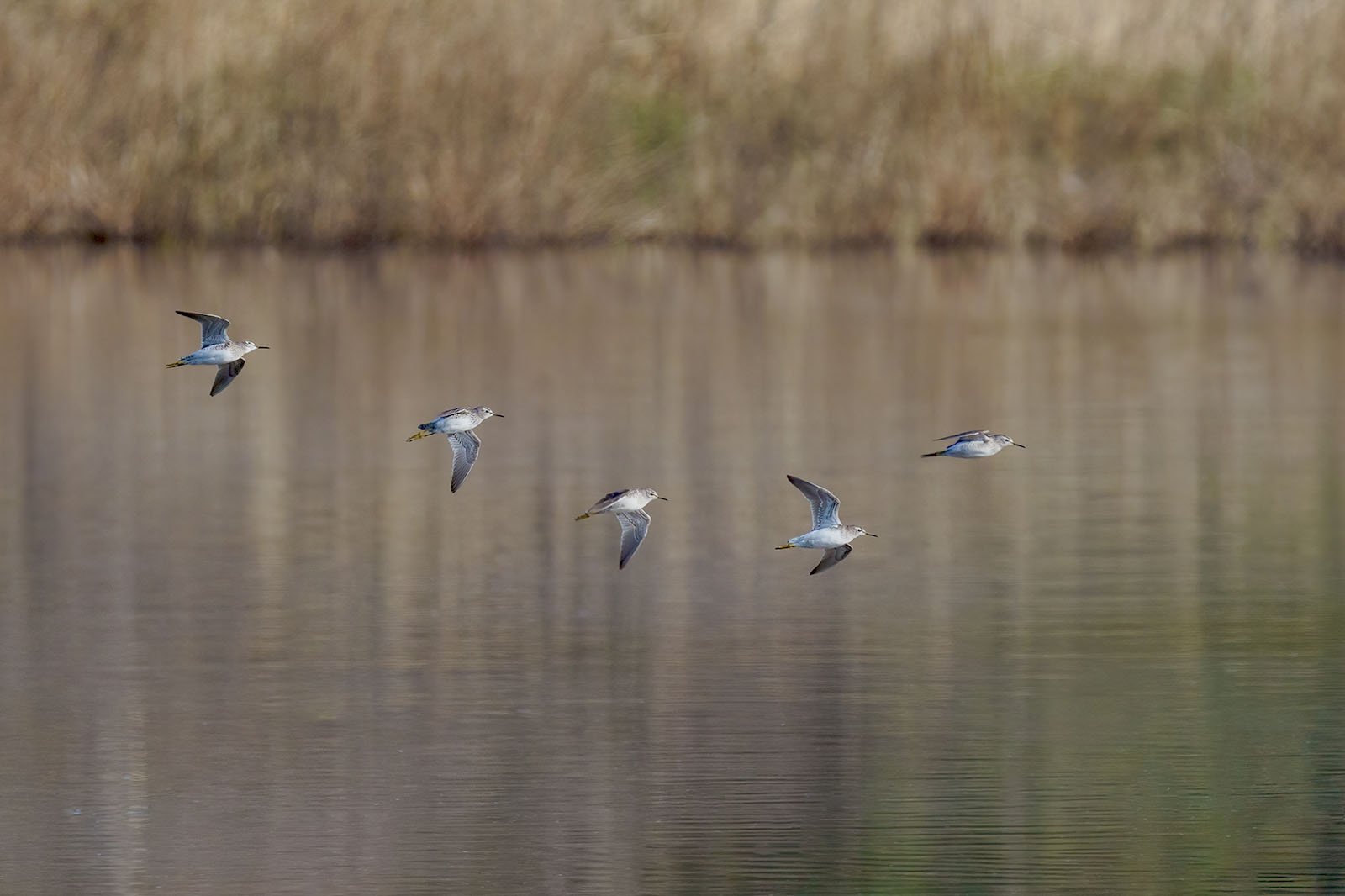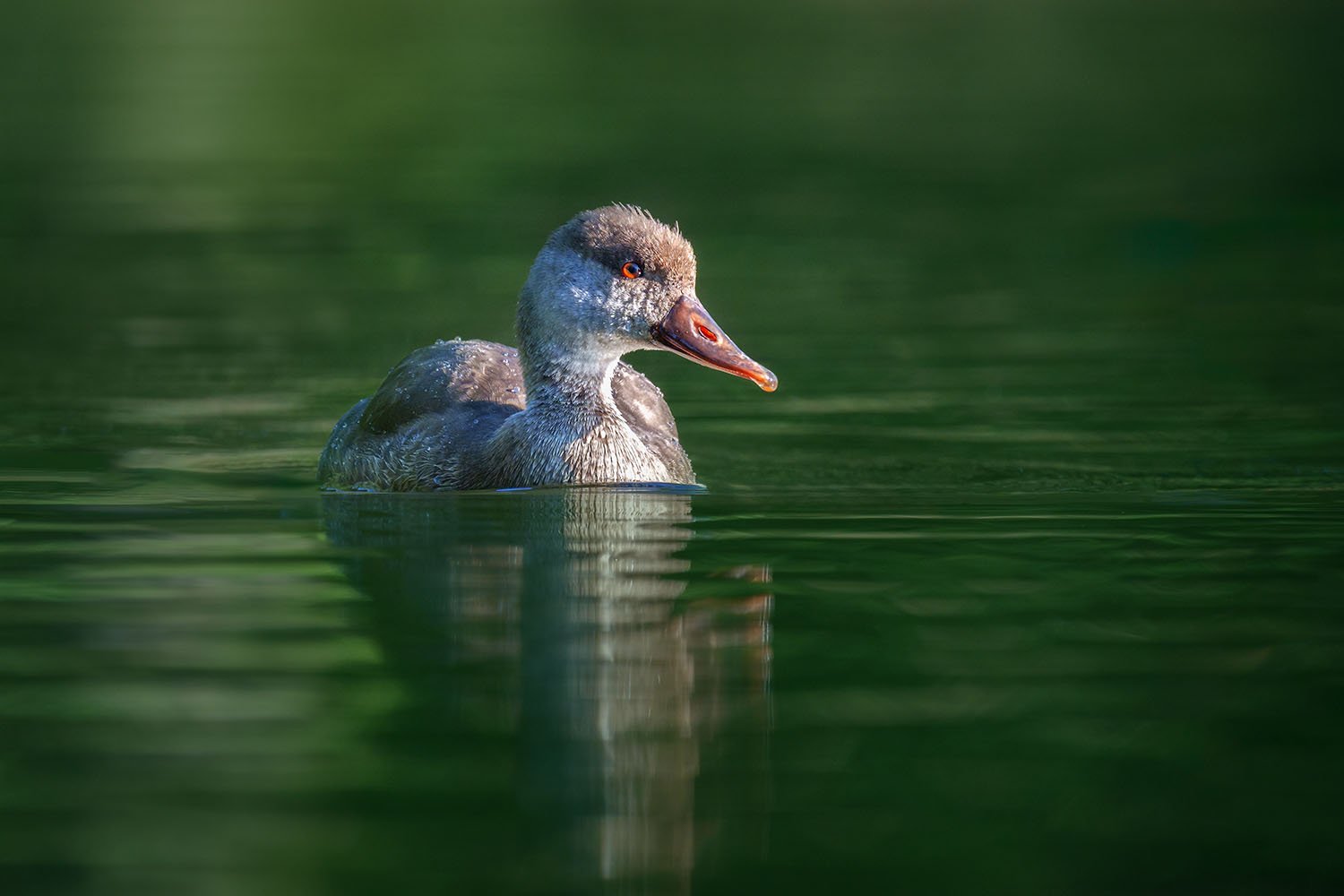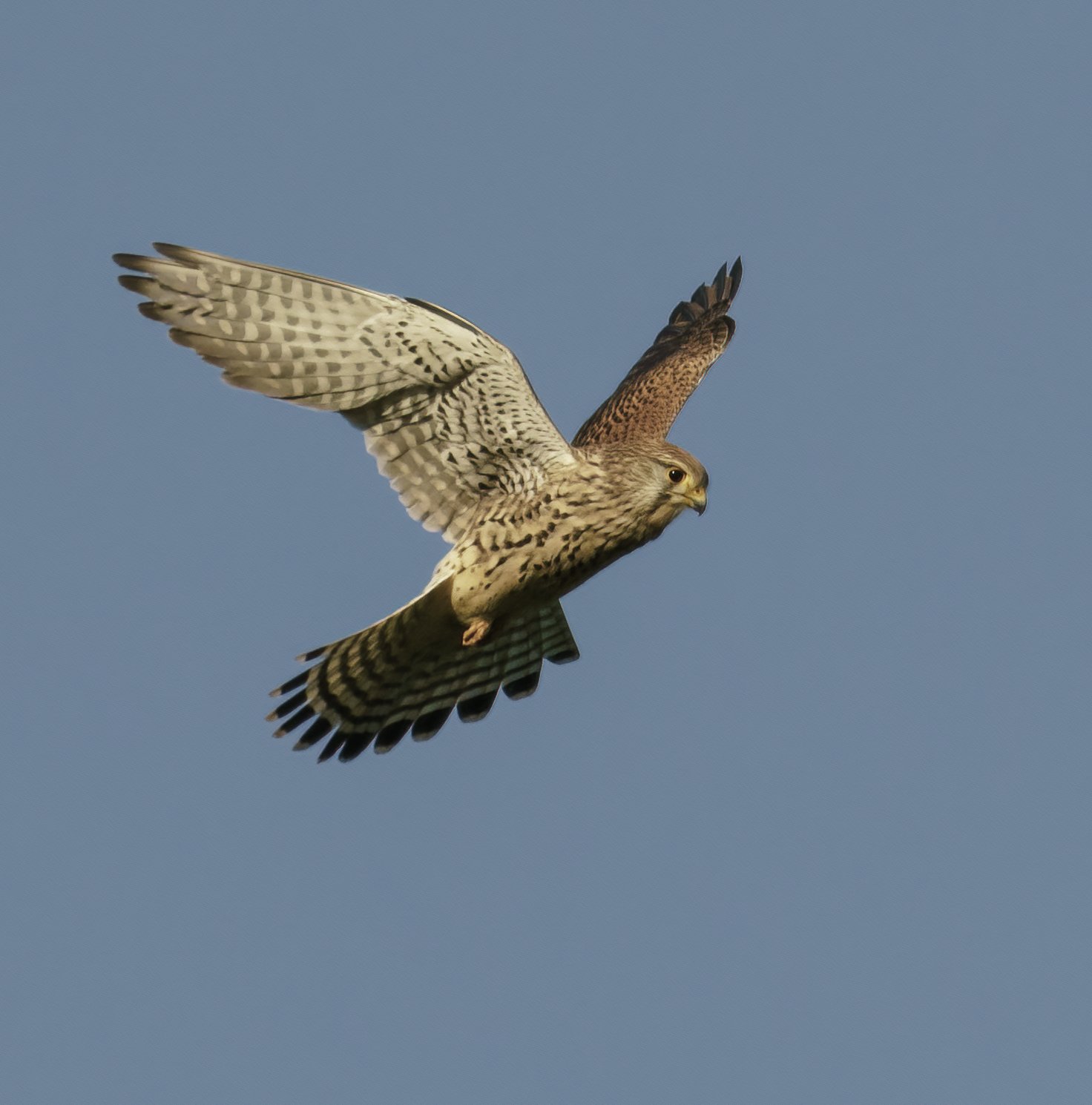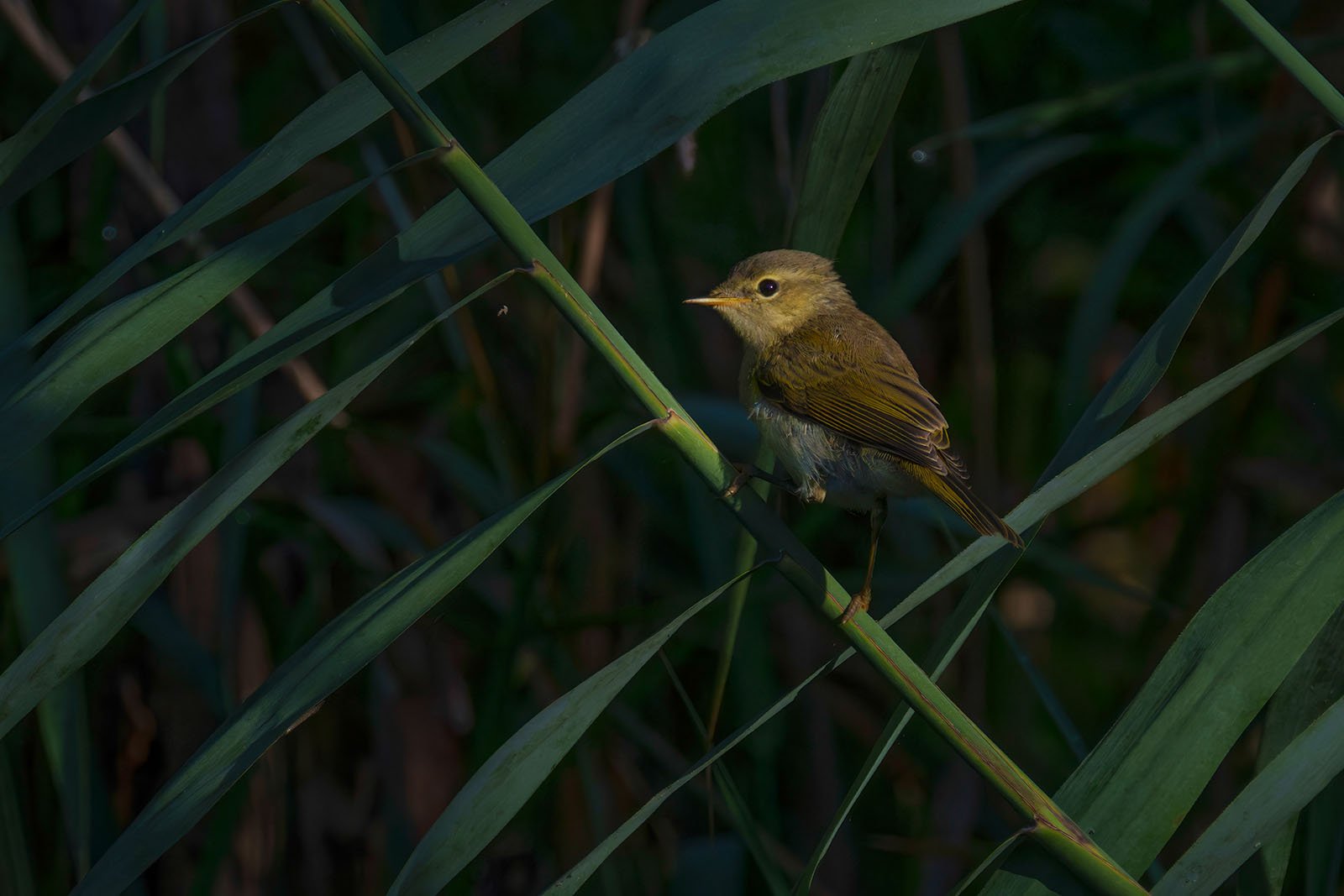Wood Pigeon (Columba palumbus)
Wood Pigeon (Columba palumbus) at the sunrise
Wood Pigeon (Columba palumbus) – The Largest Pigeon in Europe
The wood pigeon is the largest and most common pigeon in Europe. It is easily recognized by its characteristic cooing and the white wing stripes that are especially visible during flight. This sturdy bird lives in forests, parks, and is increasingly seen in cities.
Quick Facts:
- Size: 38–43 cm
- Features: Light grey head, white wing stripes, green-violet patches on the neck
- Habitat: Forests, parks, hedgerows, and increasingly in urban areas
- Breeding: Simple nest made of twigs in tall trees; sometimes on buildings
- Diet: Mainly seeds, grains, beech nuts, and sometimes green leaves and berries
Table of Contents
- Introduction: The Wood Pigeon – A Common Species
- Features and Appearance: How to Recognize the Wood Pigeon
- Habitat and Distribution: Where the Wood Pigeon Lives
- Behavior and Diet: An Adaptable Plant Eater
- Breeding: Simple Nests High in Trees
- FAQ: Common Questions About the Wood Pigeon
- Shortlist – Key Features
1. Introduction: The Wood Pigeon – A Common Species
The wood pigeon is widespread across Central Europe and easy to identify. It prefers forests, parks, and hedgerows but is also increasingly seen in cities. Its distinctive cooing can often be heard early in the morning.
2. Features and Appearance: How to Recognize the Wood Pigeon
The wood pigeon has a robust appearance and is particularly easy to recognize by its white wing stripes during flight.
Plumage:
The wood pigeon has mostly grey feathers, with a medium grey tone on the back. The head is light grey, and there are shiny green-violet patches on both sides of the neck. These shiny patches reflect sunlight and give the bird an elegant look. The underparts are slightly rosy, giving the bird a soft appearance. The white wing stripes are especially visible in flight, making the wood pigeon easy to identify. The tail is grey with a light band at the tip.Beak:
The short, strong beak is yellowish with a reddish base. This color combination gives the beak a soft but sturdy look, perfect for picking up seeds and plant material, the bird's main food source.Eyes:
The yellow eyes are large and give the wood pigeon a calm and attentive expression. A thin grey ring surrounds the eyes, making them stand out, giving the bird a sharp, focused appearance.Feet:
The reddish feet are strong, ending in sharp claws that help the bird grip branches, walls, or wires. These feet are well-suited to urban life, where the pigeon often rests on buildings and wires.
Wood pigeon (Columba palumbus)
3. Habitat and Distribution: Where the Wood Pigeon Lives
The wood pigeon prefers forests, parks, and hedgerows, but is increasingly found in urban areas. It often lives near tall trees, where it builds its nests, or on buildings for shelter.
4. Behavior and Diet: An Adaptable Plant Eater
Wood pigeons are mostly plant eaters. They feed on seeds, grains, beech nuts, and sometimes green leaves and berries. In cities, they also eat leftover food. They are calm birds that often move in groups, especially in parks and gardens.
5. Breeding: Simple Nests High in Trees
Wood pigeons build simple nests from twigs, usually high in trees, but also on buildings. These nests are basic, and the pigeon lays 1–2 eggs, with both parents taking turns to incubate them.
6. FAQ: Common Questions About the Wood Pigeon
1. Where does the wood pigeon live?
The wood pigeon lives in forests, parks, hedgerows, and increasingly in urban areas.
2. How can I recognize a wood pigeon in flight?
The white wing stripes and strong, robust body make the wood pigeon easy to recognize in flight.
3. What does the wood pigeon eat?
Wood pigeons mainly eat seeds, grains, beech nuts, and sometimes green leaves and berries.
4. What does the wood pigeon's call sound like?
The wood pigeon is known for its deep cooing, often heard in the early morning.
5. Where does the wood pigeon build its nest?
Wood pigeons build their nests from twigs, usually high in trees, but also on buildings in urban areas.
7. Shortlist – Key Features
- Size: 38–43 cm
- Plumage: Light grey head, grey body, green-violet patches on the neck
- Beak: Short, strong, yellow with reddish base
- Eyes: Yellow, with a thin grey ring
- Feet: Reddish
- Key Feature: White wing stripes, especially visible in flight
- Habitat: Forests, parks, hedgerows, increasingly urban areas
- Diet: Seeds, grains, beech nuts, green leaves, berries
The wood pigeon is a familiar sight across many parts of Europe. With its white wing stripes, soft cooing, and sturdy body, it is easy to spot in both natural and urban environments.






















